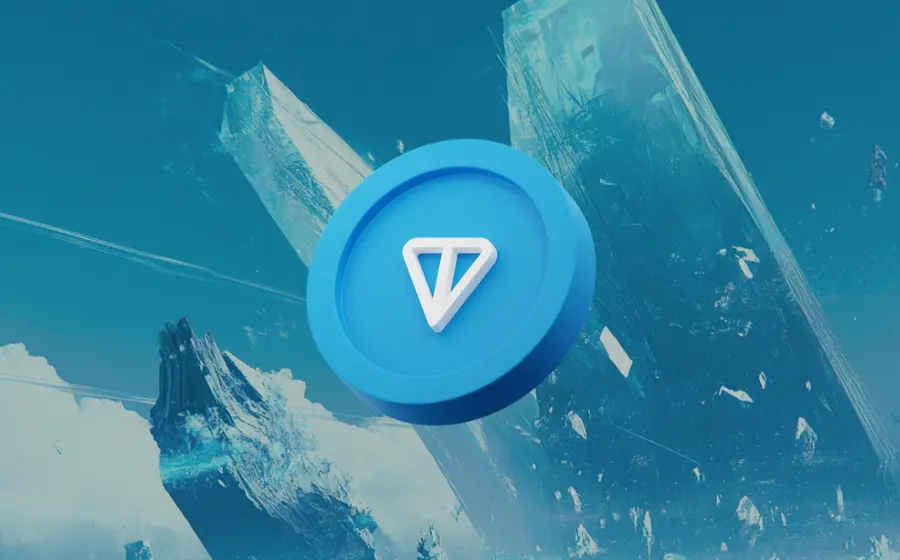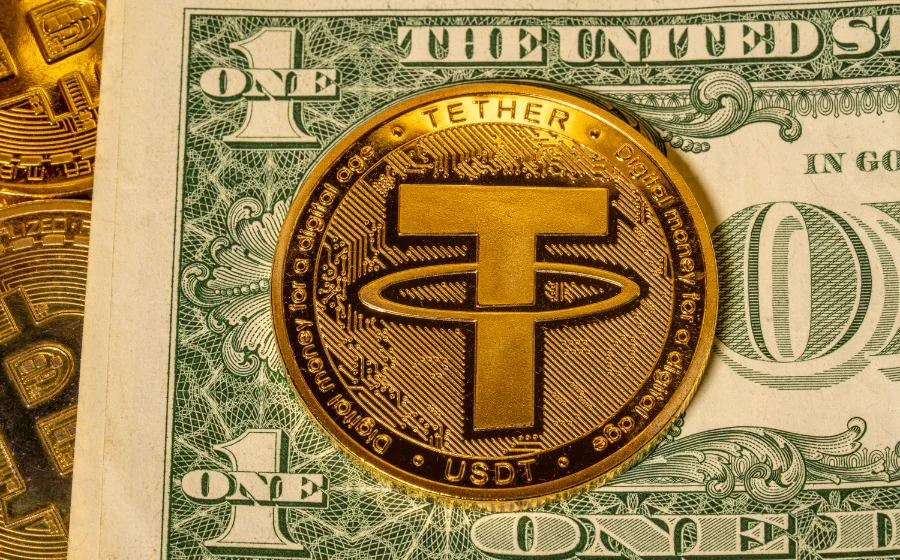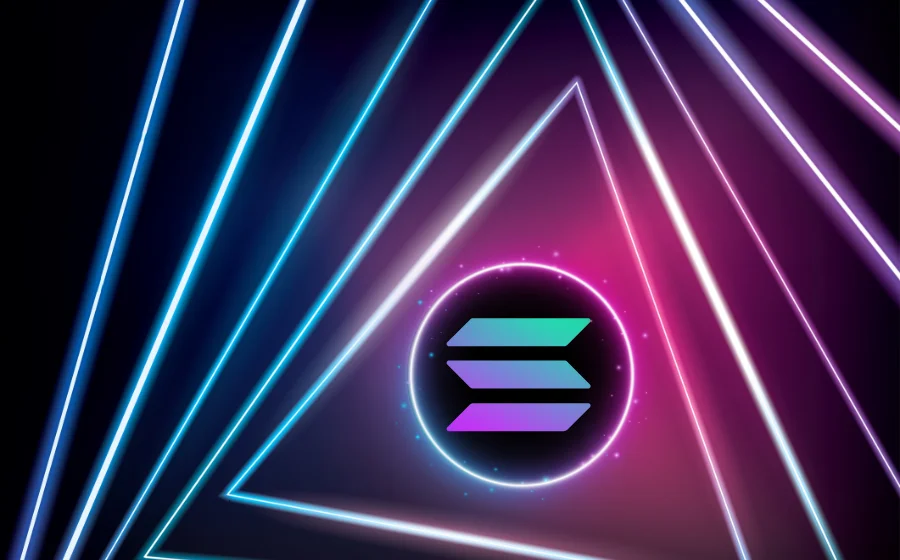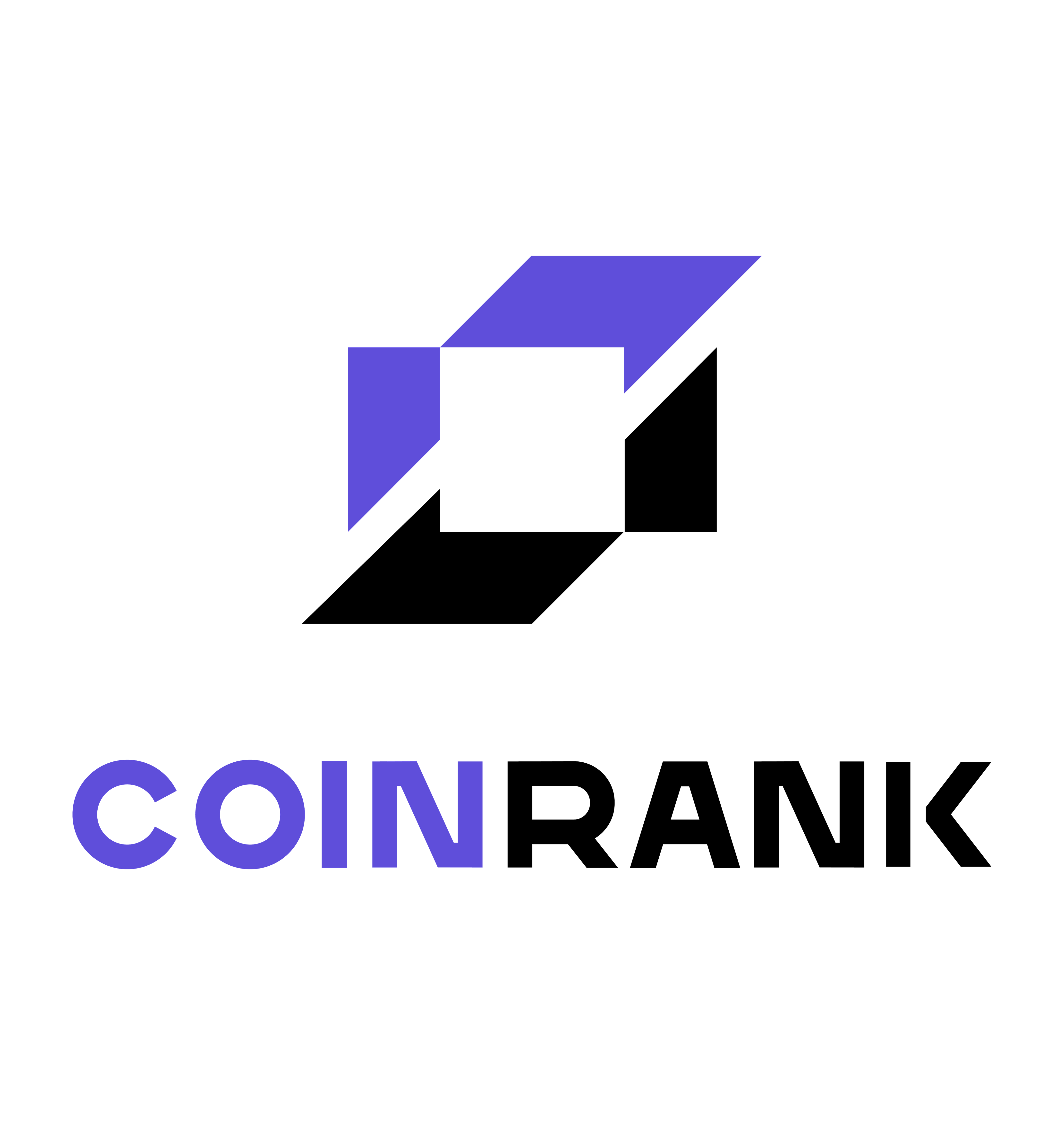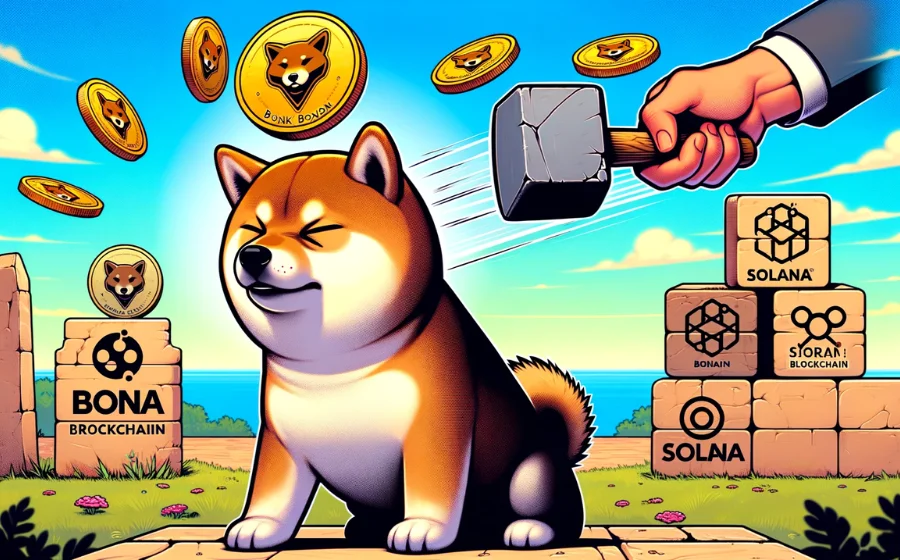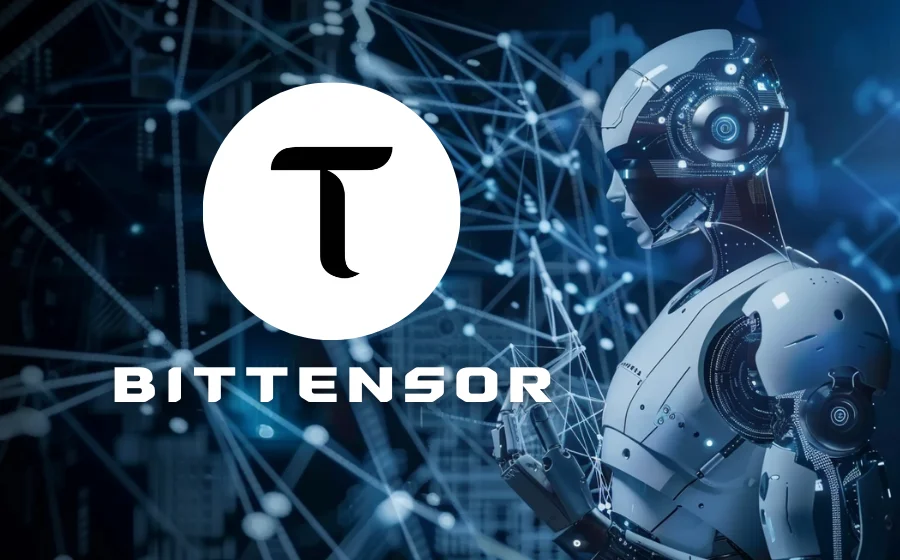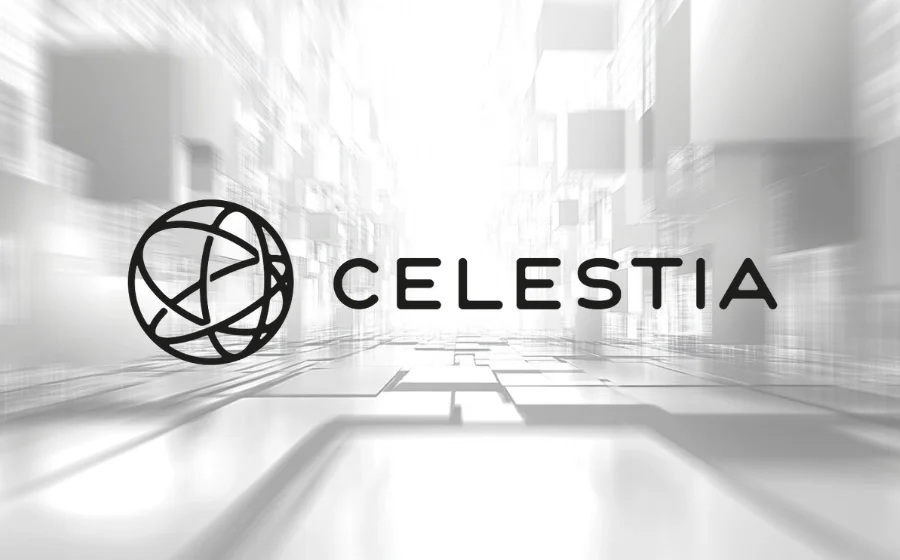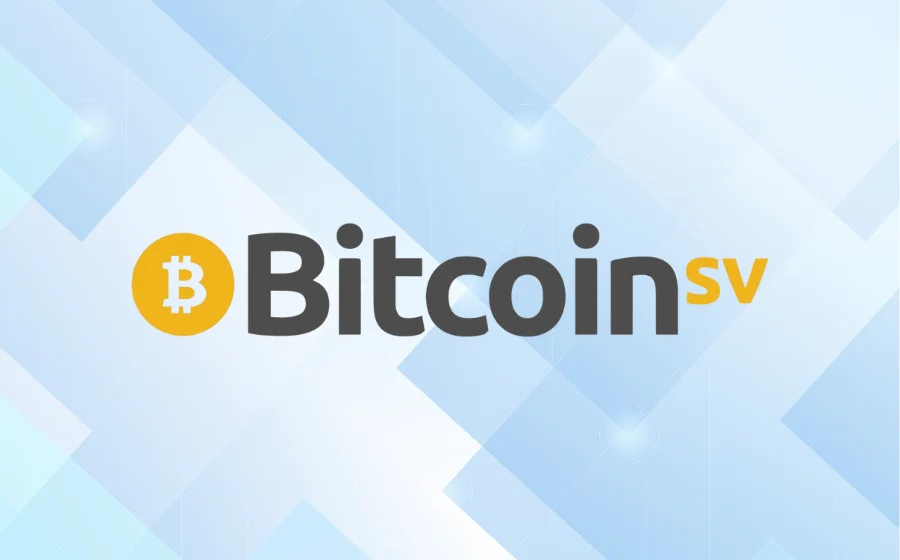
KEYTAKEAWAYS
- Bitcoin SV emphasizes large block sizes and high scalability, allowing for faster transactions and higher throughput.
- The project aims to attract enterprises by offering stability, but its centralized model may challenge blockchain's decentralized nature.
- Its adherence to Satoshi’s vision is a central theme, though it faces competition from other blockchain platforms with broader functionalities.

CONTENT
Bitcoin SV (BSV) focuses on scalability and larger block sizes, aiming to fulfill Satoshi Nakamoto’s original vision. Its success hinges on enterprise adoption and balancing scalability with decentralization.
WHAT IS BITCOIN SV (BSV)?
Bitcoin SV (BSV), short for Bitcoin Satoshi’s Vision, is a result of a hard fork from Bitcoin Cash (BCH) that occurred in November 2018.
Its core mission is to restore the original vision of Bitcoin’s creator, Satoshi Nakamoto, by focusing on increasing transaction speed and scalability.
Here’s a revised overview of Bitcoin SV‘s history and main features.
➤ The History of Bitcoin SV
In 2017, Bitcoin underwent a hard fork to create Bitcoin Cash (BCH) as a response to demands for higher transaction speed and greater throughput to support business scalability and mass adoption of blockchain and cryptocurrencies.
However, in November 2018, Bitcoin Cash experienced its own hard fork, giving birth to Bitcoin SV and its native asset, BSV.
The goal of Bitcoin SV is to serve as a more technically advanced continuation of the original Bitcoin protocol, with a focus on faster network transactions and significant scalability improvements.
This is why Bitcoin SV stands for “Satoshi’s Vision”—because the blockchain project and its cryptocurrency aim to fulfill the vision of Bitcoin’s anonymous founder, Satoshi Nakamoto.
Since its inception, Bitcoin SV has focused on scalability, security, and strict adherence to the original Bitcoin protocol. Below is a timeline of its key developments:
- August 16, 2018: Full node implementation launched.
- October 21, 2018: Version 0.1 of Bitcoin SV was released.
- October 23, 2018: SVPool opened to Bitcoin miners.
- November 20, 2018: Bitcoin SV mined a 64 MB block on the Bitcoin Cash chain, setting a record for the largest block on a public blockchain.
- January 4, 2019: The platform revealed its official logo.
- April 29, 2019: Scaling test network (STN) opened.
- May 22, 2019: The first GB+ block was mined during an STN stress test.
- January 8, 2020: Genesis second test version was released.
- February 4, 2020: The network underwent a hard fork with the Genesis upgrade.
>>> More to read: Blockchain Forks: Understanding Hard Forks and Soft Forks
➤ Key Features of Bitcoin SV
Bitcoin SV is built upon the foundation of the original Bitcoin protocol while offering numerous advanced features:
✅ Smart Contracts:
Bitcoin SV supports smart contracts thanks to its integration with the Bitcoin blockchain’s scripting language.
It even supports Turing-complete smart contract coding. These smart contracts are executed via a virtual machine (VM) for each contract/token, and unlike Ethereum, they do not require gas fees for execution.
✅ Non-Fungible Tokens (NFTs) Support:
Bitcoin SV facilitates next-generation NFTs with minimal costs and over 4 GB of on-chain file capacity, making it a robust platform for NFT creation and transactions.
✅ Transaction Speed:
Bitcoin SV is one of the fastest public ledgers, capable of processing over 50,000 transactions per second, ensuring high throughput and low latency.
✅ Sustainability:
As a green technology, Bitcoin SV emphasizes CO2 efficiency per transaction and outperforms all other Proof-of-Work (PoW) blockchains in terms of carbon limits.
Its transaction costs are also lower than traditional payment networks like Visa.
✅ Unlimited Scaling:
With its native Unspent Transaction Output (UTXO) model, Bitcoin SV allows miners to process transactions in parallel, enabling unlimited scaling driven by economic incentives.
➤ Key Metrics of the Bitcoin SV Network
- Block Reward: 6.26 BSV
- Hashrate: 628.75 PH/s
- Transaction Fee: $0.0006
- Transaction Time: 2 seconds
- Block Size: 4 GB (unlimited)
As the native cryptocurrency of the Bitcoin SV blockchain, BSV embodies the core principles and goals of the project.
It is used to facilitate transactions on the network, pay transaction fees, and reward miners for verifying transactions and securing the blockchain.
>>> More to read: What is Bitcoin: A Comprehensive Overview
HOW BITCOIN SV (BSV) WORKS
Bitcoin SV (BSV) is the native cryptocurrency of the Bitcoin SV blockchain. In addition to its significantly larger block size, BSV operates according to the early rules of BTC outlined in the original Bitcoin whitepaper.
Bitcoin SV emerged from the Bitcoin Cash (BCH) hard fork on November 15, 2018, for two primary reasons:
- The belief that Bitcoin Cash’s scalability features were insufficient to meet Bitcoin’s growing demand.
- A desire to return to the original Bitcoin design represented by version 0.1 of the Bitcoin protocol.
📌 Block Size and Scalability
Initially, the Bitcoin SV protocol had a default block size of 128MB. In July 2019, the Quasar upgrade increased the block size to 2GB (2,000MB, compared to Bitcoin’s original 1MB block size).
The protocol is designed to allow adjustable block sizes determined by network consensus, and miners have the flexibility to choose the block size they want to mine.
The structure of Bitcoin SV is designed to handle more transactions per block, resulting in more transaction fees. This is aimed at incentivizing miners to continue mining new blocks long after the block reward has diminished.
Over time, as block rewards halve (as they do roughly every four years with Bitcoin), miners rely on transaction fees to sustain profitability.
The ability for miners to choose their preferred block size is attractive because larger blocks enable more transactions, allowing miners to earn more in fees, compensating for the reduced block rewards.
📌 Block Rewards and Transaction Fees
Like many Proof-of-Work (PoW) blockchains, including Bitcoin and Bitcoin SV, miners earn block rewards by mining new blocks and adding them to the blockchain.
These block rewards serve as a financial incentive, encouraging miners to dedicate resources and computing power to mining.
Over time, block rewards decrease in a process known as halving, where rewards are cut by 50% (this happens roughly every four years for Bitcoin).
The ability for miners to select larger block sizes on Bitcoin SV is a potentially appealing feature, as it helps offset the declining block rewards by allowing miners to earn more transaction fees.
📌 Transaction Speed and Performance
Bitcoin SV reportedly processes an average of 300 transactions per second (TPS) and, as of July 2020, has a peak capacity of 2,800 TPS on its mainnet.
On its Gigabit Test Network (GBTN), the platform claims to handle up to 5,500 TPS due to its unlimited block size.
For instance, in May 2020, TAAL, an enterprise blockchain services provider focused on Bitcoin SV, processed a 369MB block on the Bitcoin SV mainnet, containing 1.3 million transactions.
While Bitcoin SV‘s block size limit remains capped at 2GB, this milestone demonstrated a transaction throughput far beyond that of Bitcoin (BTC) or Bitcoin Cash (BCH).
📌 Fixed Protocol and Enterprise Adoption
Bitcoin SV aims to maintain a fixed protocol structure, offering the stability sought by investors and enterprise-level applications.
It is designed with high scalability and regulatory friendliness, with the goal of gaining mainstream confidence and widespread adoption by global businesses.
Despite these admirable goals, the long-term viability of the project remains to be seen.
📌 Balancing Scalability and Decentralization
While larger blocks increase transaction speed, they also reduce decentralization since fewer full nodes can store the entire blockchain due to higher memory requirements.
This limits the number of nodes capable of maintaining the network.
On the other hand, smaller blocks, though slower, retain key advantages of decentralization and security because more nodes can join and support the network.
Bitcoin SV faces the challenge of balancing scalability with decentralization, as it continues to push for faster transaction speeds while maintaining the core principles of blockchain technology.
>>> More to read: What is Bitcoin Strategic Reserve & How It Works
BITCOIN SV (BSV) CONCLUSION
Bitcoin SV (BSV) stands out for its large block size and scalability, allowing it to handle high transaction volumes.
However, its future success depends on whether it can attract enterprises to adopt this more centralized blockchain model and meet their needs for stability and functionality.
Additionally, it remains to be seen whether Bitcoin SV‘s adherence to Satoshi Nakamoto’s original vision can help it stand out in a highly competitive market.

